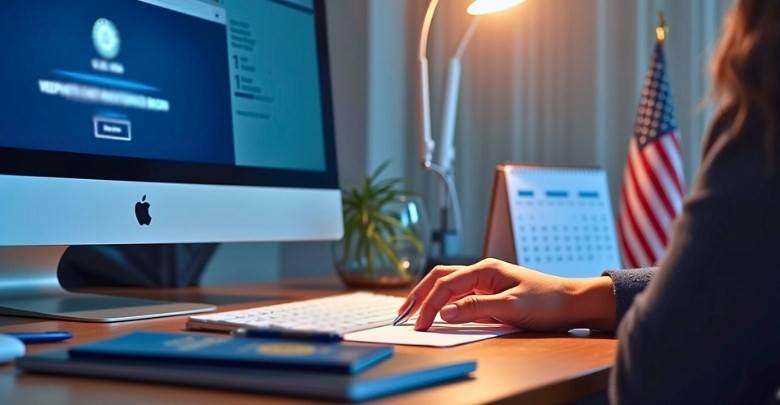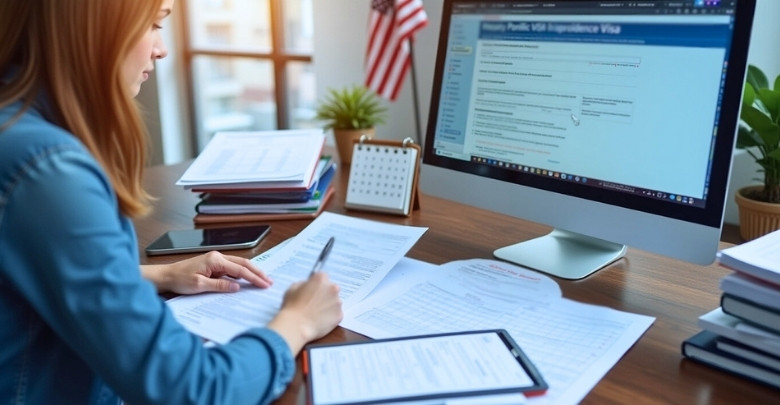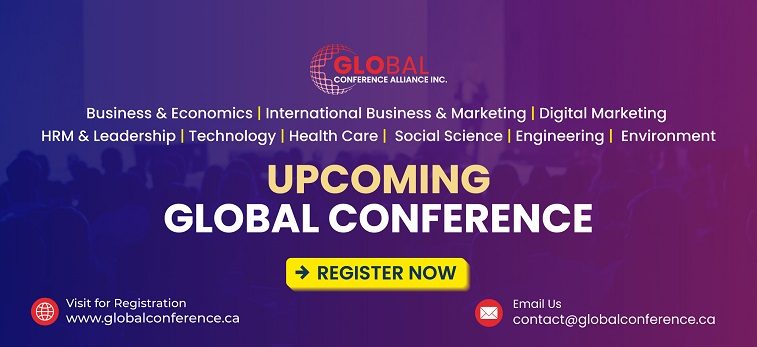Applying for a USA conference visa can be a lengthy process, especially when getting through all the steps involved. After completing your biometrics appointment, many applicants find themselves wondering how long the wait will be for approval. Being aware of the USA Conference Visa Processing Time After Biometrics is key to managing expectations and planning ahead.
The USA Conference Visa Processing Time After Biometrics varies for each applicant, depending on factors such as embassy workload and security checks. Typically, it can take anywhere from a few days to several weeks for the final decision. Processing times can fluctuate, so it’s important to stay updated.
To ensure a smooth experience, it’s essential to be patient and proactive throughout the process. Keep an eye on updates and respond promptly to any additional requests. Continue reading to discover more about what you can expect during this crucial stage of your visa application.
USA Conference Visa Processing Time After Biometrics
Securing a USA conference visa involves several stages, with biometrics being a key step. Once fingerprints and photographs are collected, the processing time varies depending on multiple factors. The better prepared you are for your trip, the less likely you are to encounter delays and wait times.
The processing time after biometrics can range from a few days to several weeks. On average, it takes between 7 to 30 days for the visa decision, depending on the embassy’s workload and background checks. Some cases may experience faster processing, while others require additional time for further verification.
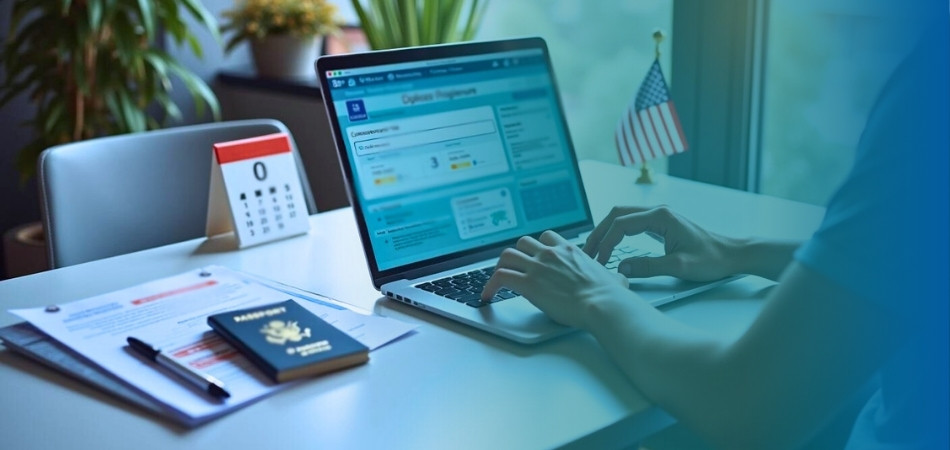
Several factors influence the USA conference visa processing time after biometrics, including embassy workload, background checks, and additional documentation requirements. In order to avoid delays, applicants need to understand these elements to take proactive steps for a smoother approval process.
Embassy and Consulate Workload
Visa applications are processed based on the workload at the U.S. embassy or consulate where you applied. During peak travel seasons, delays are common due to a high number of applications. Checking processing times at your specific location helps set realistic expectations.
Background Checks and Security Screenings
Authorities conduct background screenings to verify the applicant’s history and eligibility. If any red flags appear in security databases, processing takes longer as additional verification is required. Applicants with common names or past visa denials may face extended screening periods.
Completeness of Application and Documentation
A well-prepared visa application moves through the process faster than one with missing details. If documents are incomplete or additional information is needed, processing is paused until the applicant responds. Submitting all required paperwork correctly from the start prevents unnecessary hold-ups.
Special Processing for Certain Visa Categories
Some visa types require additional steps, such as a medical examination after biometrics, which can extend the timeline. Health-related assessments ensure compliance with U.S. regulations before final approval. Scheduling these evaluations promptly helps prevent avoidable delays.
Administrative Processing Requirements
Certain visa applications undergo administrative processing, which involves extra review by U.S. authorities. This step typically takes a few weeks but can extend to several months in complex cases. Those traveling for conferences in USA should check their application status regularly to avoid last-minute issues.
Request for Additional Interviews
In some cases, the embassy may require an additional interview before making a final decision. If a second interview is needed, it can add extra days or weeks to the overall processing time. Responding promptly to embassy requests helps speed up the process.
Expedited Processing Requests
For urgent travel, some applicants may request expedited visa processing. Embassies approve expedited requests only under specific circumstances, such as medical emergencies or important business events. Providing strong supporting documents increases the likelihood of approval for faster processing.
Receiving a USA conference visa after biometrics requires patience and careful planning. Tracking application updates and ensuring all requirements are met can prevent unnecessary delays. A well-prepared application leads to a smoother and quicker visa approval process.
What’s Next After Your Biometrics Appointment?
Completing your biometrics appointment marks an important stage in your visa application process. After submitting fingerprints and photographs, many applicants wonder what comes next and how long the remaining steps will take. As you wait for approval, learning about the process can reduce anxiety and help you stay proactive.
Visa Background Checks Begin
Once biometrics are collected, authorities start performing background checks. These screenings ensure that the applicant is eligible for the visa and doesn’t pose any security or legal risks. If your records are clear, this part of the process moves quickly, but if any discrepancies arise, it could lead to a delay. Applicants with previous travel history or complex backgrounds may experience longer review times. In some cases, the biometric appointment waiting time can also contribute to a longer overall processing period if there is a backlog at the embassy.
Application Moves to the Processing Stage
After biometrics, your application enters the formal processing stage. During this period, consular officers review all documents submitted, evaluate the details of your application, and check whether your travel intent aligns with visa requirements. The processing time can vary depending on the type of visa, the embassy’s workload, and the completeness of your application. Missing or unclear documentation can lead to delays in this phase, so ensuring that everything is accurate and submitted on time is essential.
Possible Requests for Additional Documents
In some cases, the consulate may request further documentation before proceeding with the visa decision. This might include additional proof of financial support, travel plans, or employment status. Responding quickly to these requests can prevent any interruptions in the processing time. Regularly checking your email and keeping necessary documents at hand ensures you won’t miss important updates.
Administrative Processing for Some Applicants
Some applicants may be selected for administrative processing, which involves additional scrutiny of their application. This phase can take anywhere from a few weeks to several months, depending on the complexity of the case. Administrative processing is common for certain visa categories, and applicants should remain patient and keep an eye on their application status during this period.
Medical Examination for Specific Visa Types
For applicants in specific visa categories, a medical examination after biometrics may be required. This step ensures you meet U.S. health regulations, and depending on the timing of your medical exam, it can affect the overall processing time. Scheduling the medical exam as soon as possible is crucial to avoid any delays that could prolong your waiting period.
Final Decision and Passport Submission
Once the processing is complete, you will receive a final decision regarding your visa. If approved, the embassy will provide instructions for submitting your passport for visa stamping. It’s important to follow these instructions carefully and submit your documents promptly to avoid further delays.
The time following your biometrics appointment is an important period of review and final steps. By staying proactive, monitoring your status, and promptly responding to any requests, you can navigate the process with ease and get closer to your approval.
What Happens After Your Biometrics Are Completed?
Once your biometrics appointment is complete, it marks a significant step forward in your visa application process. Many applicants wonder what to expect next and how long the waiting period might be. Staying informed and prepared will help you stay on top of things.
Visa Application Processing Begins
After completing biometrics, the authorities begin processing your application. The fingerprints and photographs taken are used to verify your identity and cross-check against security databases. This stage helps ensure that applicants meet the eligibility requirements for the visa. Depending on your case and any complications, this process can take anywhere from a few days to a couple of weeks.
Background and Security Checks
The next stage involves thorough background checks, where your personal information is compared to various security databases. This is a critical step in determining whether there are any legal or security concerns regarding your application. If there are no issues, the process moves forward swiftly, but any flags raised during the checks may lead to delays as further investigations are conducted.
Review of Application Documents
Once biometrics are submitted and background checks are complete, the consulate or embassy will review your application. They’ll verify the authenticity of the documents you provided, such as your financial statements, invitation letters, or any supporting materials. Ensuring that all your documentation is accurate and complete will prevent any unnecessary delays in this stage.
Possible Additional Requests
If the embassy requires more information to finalize your application, they may send a request for additional documents. This could include proof of financial stability or clarification on any inconsistencies in your application. Responding quickly to these requests will keep your process on track and avoid further holdups.
Medical Examination (If Applicable)
For certain visa types, a medical examination after biometrics may be required before your application can proceed. This ensures that you meet the U.S. health standards for entry. If a medical exam is needed, scheduling it promptly can prevent delays in the overall processing time.
Decision on Visa Application
Once all checks are completed, the embassy will make a final decision on your visa application. If approved, you’ll receive instructions on submitting your passport for visa stamping. Be sure to follow the embassy’s guidelines carefully to avoid any further delays.
After your biometrics are completed, the process moves forward to the final stages, and staying patient is key. Make sure to keep track of any updates or requests from the embassy to ensure a smooth transition to visa approval.
How to Avoid Delays in Your Conference Visa Processing?
Getting your conference visa on time is crucial, especially when planning for important events. However, delays in visa processing can be frustrating and stressful. By following a few key steps, you can avoid unnecessary delays and streamline your application process.
Submit Complete and Accurate Documentation
One of the most common reasons for visa delays is missing or incomplete documentation. Ensure that every required document is submitted, including financial statements, invitation letters, and travel details. Double-check that all information is accurate, as even small errors can cause significant setbacks in your application.
Apply Well in Advance
Starting the application process early is essential to avoid last-minute issues. Embassy processing times can vary, and waiting until the last minute can lead to unnecessary stress. Applying several weeks or even months before your conference allows ample time for any unforeseen delays.
Stay Updated With Requirements
Visa requirements can change frequently, so it’s important to stay up to date with the latest information. Check the embassy’s website regularly for any updates or changes in required documents, fees, or processing times. Keeping informed helps ensure you’re always prepared and reduces the risk of missing something important.
Attend Biometrics Appointment Quickly
Your biometrics appointment is a crucial step in the visa process. Schedule and attend the appointment as soon as possible, ensuring you arrive on time and with all necessary documents. Delaying your biometrics appointment can lead to delays in the overall visa process.
Respond Quickly to Requests From the Embassy
If the embassy contacts you for additional information or documents, respond as quickly as possible. Delays in submitting requested materials can hold up your application and impact your processing time. Providing any requested documents promptly ensures a smoother and faster process.
Consider Expedited Processing
If your travel dates are approaching and you need your visa urgently, inquire about expedited processing. While not all visa types are eligible for expedited service, providing valid reasons, such as an urgent conference, increases your chances. This option can significantly reduce your waiting time.
By following these steps, you can help avoid unnecessary delays in your conference visa processing. Stay organized, plan ahead, and ensure that all required materials are submitted promptly to ensure a smooth process.
How to Respond If Your Visa Status Shows ‘Pending’?
Waiting for your visa approval can be a nerve-wracking experience, especially when your application status shows “pending.” This status is common and doesn’t necessarily mean there’s an issue with your visa. It can ease the waiting process and keep things moving forward, however, if you know what to do next.
Be Patient and Allow Time for Processing
In many cases, a “pending” status simply indicates that your application is still being processed. Visa applications often take time due to background checks, document verification, or administrative procedures. While it’s natural to feel anxious, give the process time to unfold before jumping to conclusions.
Track Your Visa Status Regularly
It’s essential to stay informed by regularly checking the status of your visa. Many embassies offer online tracking tools where you can monitor any changes to your application status. Keep an eye out for updates, but don’t assume there’s a problem unless you receive official communication.
Contact the Embassy for Clarification
If your visa status remains “pending” for an extended period, don’t hesitate to contact the embassy for clarification. Be polite and inquire if any additional documents or information are required. Sometimes, delays happen due to missing or unclear details in your application, so it’s better to be proactive.
Ensure Your Application Is Complete
If you haven’t already, double-check that your application is complete and accurate. Missing documents or incorrect information can prolong the processing time. Verify all requirements are met and gather any additional documents the embassy might need to avoid further delays.
Stay Ready for Any Additional Steps
In some cases, the embassy may request an additional interview or documentation. Be prepared to provide any requested information quickly to prevent further delays. Responding promptly to such requests can help expedite the review process.
Consider Seeking Legal Advice if Necessary
If the “pending” status extends for a long period without explanation, or if you encounter significant issues, consulting with an immigration lawyer can be helpful. They can provide guidance and assist with troubleshooting any complications that may arise during the process.
While seeing “pending” on your visa status can feel unsettling, remaining patient and informed will help you navigate this waiting period. Take proactive steps by checking for updates, contacting the embassy, and ensuring everything is in order for a quicker resolution.
Frequently Asked Questions
While waiting for your USA conference visa approval, you may wonder if your biometrics appointment plays a role in speeding up the processing time. These questions are meant to help clear up any confusion regarding what happens next.
Can I Track the Status of My USA Conference Visa After Biometrics?
Yes, you can track the status of your visa after biometrics. The U.S. Department of State provides an online tracking tool for visa applicants. You can use the tracking number provided to monitor updates on your visa status and any further steps required.
Does the USA Conference Visa Processing Time Change During Peak Seasons?
Yes, the processing time can change during peak seasons. During busy periods, such as before major conferences or holiday travel seasons, processing times may be longer due to increased application volumes. It’s always recommended to apply well in advance to avoid delays.
Can Delays in Biometrics Impact the Overall USA Conference Visa Approval Time?
Yes, delays in biometrics can impact your visa approval time. If you miss your appointment or need to reschedule, it may cause a ripple effect in the processing schedule. It’s essential to attend your biometrics appointment promptly to avoid extending your wait time.
Is There Any Way to Expedite the USA Conference Visa Processing After Biometrics?
Yes, expedited processing may be available under certain circumstances. If you have urgent travel needs, such as an important conference, you can request expedited processing. However, this is granted at the discretion of the embassy or consulate, so it’s crucial to provide strong supporting documents.
Does the USA Conference Visa Processing Time After Biometrics Depend on My Nationality?
Yes, the processing time can vary based on nationality. Some countries have faster processing times due to fewer security checks, while others may require more in-depth scrutiny. The embassy or consulate in your country will provide the most accurate timeline based on your nationality.
Closing Remarks
Managing the USA Conference Visa Processing Time After Biometrics can be a bit overwhelming, but knowing what to expect makes it easier. Being aware of the steps involved will help you stay prepared and proactive throughout the process, even if it may take several weeks.
By following the right steps, such as attending your biometrics appointment promptly and submitting all necessary documents, you can help speed up the process. Staying informed and patient will ensure everything moves along smoothly.
Remember, the USA Conference Visa Processing Time After Biometrics doesn’t have to be stressful. With the right preparation and attitude, you’ll be one step closer to attending your conference in the USA without any issues.


